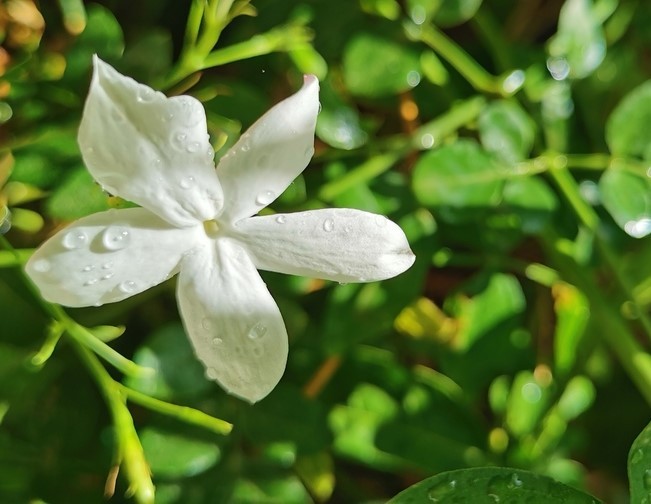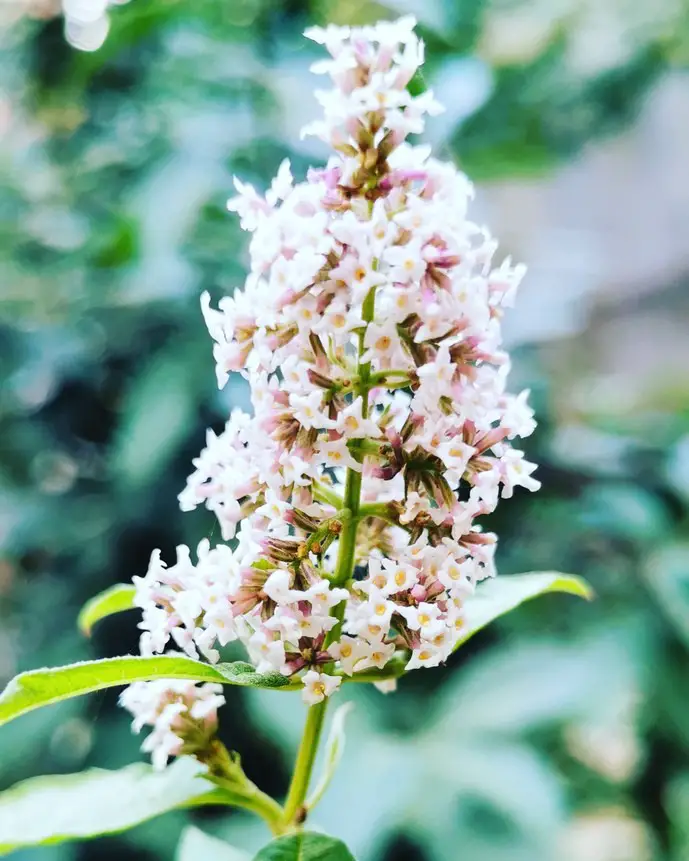Citrus trees are one of the most popular grown trees by gardeners and hobbyists. Especially lemon and oranges. They are so easy to take care of and they reward us with a heavy delicious harvest.
Before I talk about when and how to prune your citrus tree, it is very important to mention that you need to take safety measure when handeling tools and pruning. Make sure to wear gloves and safety glasses. Appropriate clothing is also recommended.
Related article: Zinc Deficiency Symptoms in Citrus Trees
Table of Content
- Should You Prune Your Citrus Tree
- When to Prune Your Citrus Tree
- What and How to Prune Your Citrus Tree
- How to Protect Your Tree After Pruning
Should you prune your citrus tree
For citrus trees, unlike other fruit trees, pruning them isn’t necessary. That is because citrus trees have very strong wood. So, it is unlikely to break during heavy crop production. Another reason is that they don’t require pruning to allow light exposure between branches as they can tolerate growing in the shade.
Pruning improves the quality of the crop as it makes them bigger and tastier. However, when it comes to citrus trees, the fruits improve naturally as the tree grows bigger and bigger. The only exception is tangerine.
However, this does not mean that you shouldn’t prune your tree at all. Trees, in general, need pruning especially when they are young. Young citrus trees need sprout removal, careful weak limbs elimination
As for older trees, sprouts need to be removed on the regular. Additionally, deadwood, diseased branches, and crisscrossing branches should be removed.
There are three different objectives behind pruning: formation, production or renewal.
Pruning for Formation
- Remove all types of sprouts.
- Remove small thing branches that form between the trunk and the main braches.
Pruning for Production
- Remove fragile, dead, dry, and brittle branches.
- Remove branches growing in the wrong direction.
- Thin out the center of the canopy by removing some branches off.
Pruning for Renewal
When your lemon or orange tree does not produce anymore, or it produces very little, prune some branches off to encourage new growth. But do not remove all the branches leaving the tree empty.
For better pruning results, always prun on time!!
Related article: Iron Deficiency Symptoms in Citrus Trees
When to Prune Your Citrus trees
If you live in a deserted area pruning time should be in the spring, between February and April. For cooler areas, pruning should take place in late February or March.
In summer, when you notice any damage to your tree such as dead branches, cut them off. (refer to the picture below)
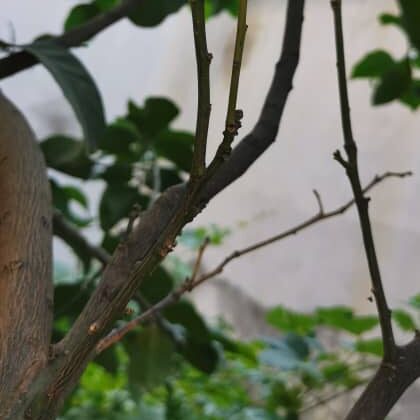
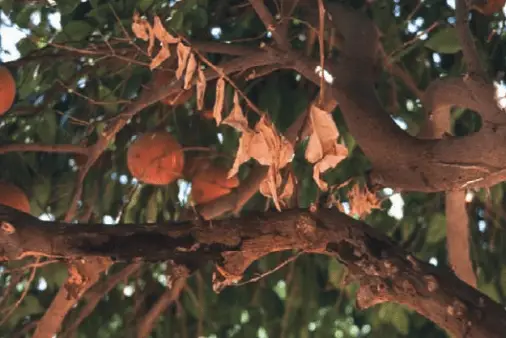
Do not prune in winter when your barks are recovering from frostbites.
Do not prune during hot summer (from May to October) as the newly cut branches would be vulnerable to the hot exposure of the sun. This will lead your tree to get infected by sooty mold disease or sunscald.
Prune during summer only if the branches are either dead or infected by a disease.
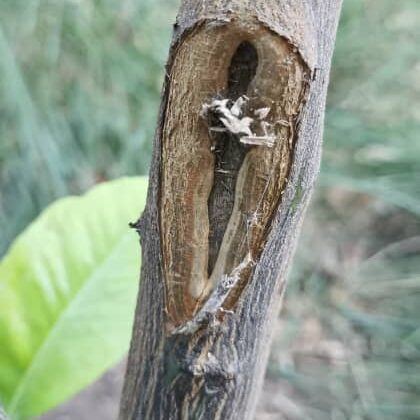
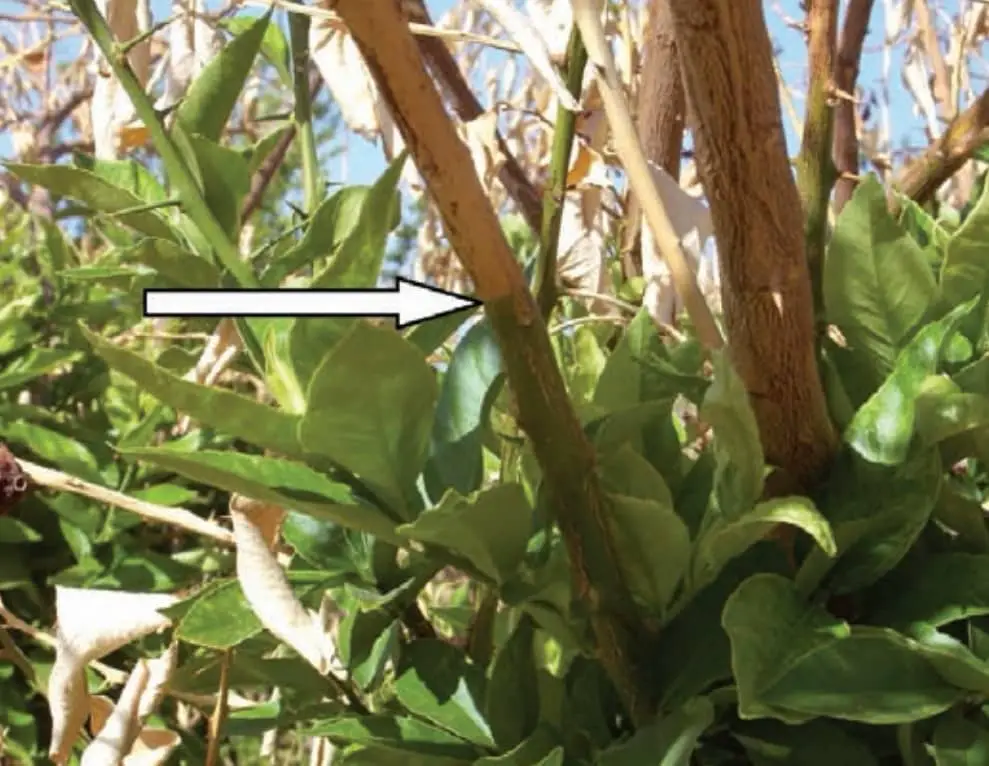
Related article: What is Citrus Anthracnose, Causes, Symptoms, Treatment (Brown leaf spot)
What & How to Prune Your Lemon and Orange Trees
1. Sprouts:
The best way to remove sprouts is when they are still small and can be removed by hand. In order to grow a healthy citrus tree, it is best to not let the sprouts grow bigger and larger.
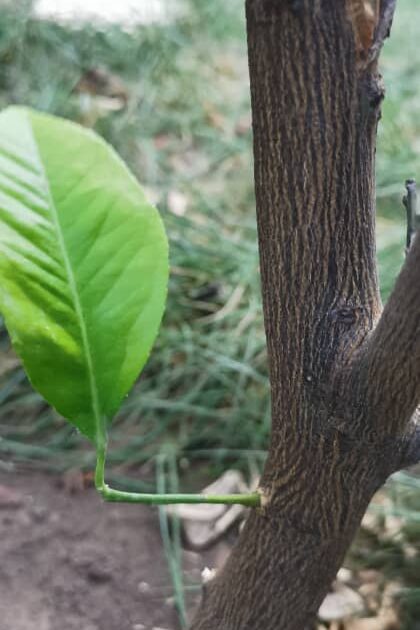
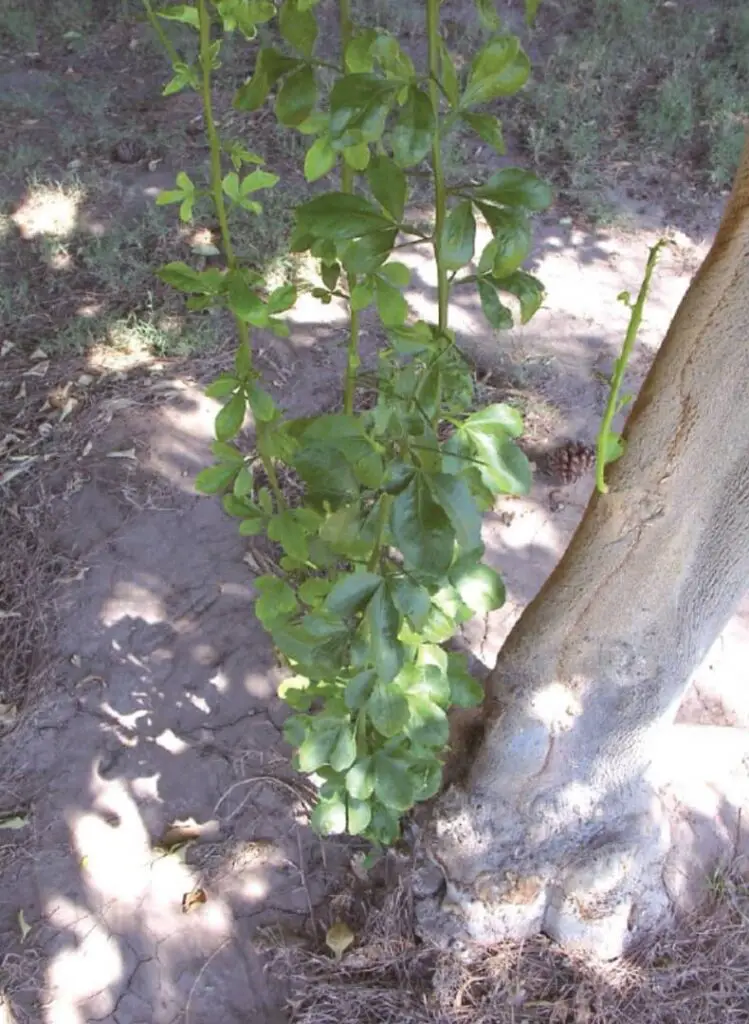
For small citrus trees, always keep the trunk at least 12 inches (30 cm) clean from any sprouts
2. Branches:
Branches need pruning when they are dead, diseased, overlapping, crisscrossing, touching the soil, touching against a wall.
I recommend you remove the low-hanging ones. This will improve the access to the soil surface and the irrigation system.
As a rule of thumb, never remove branches using your hands. You need to use a tool such as a hand pruner, a lopper, or a sharp saw depending on the size of the branch.
For the best pruning method, make sure to prune flush with the collar and not the trunk. This method will allow your citrus tree to heal and minimizes sprouts’ re-growth.
For large branches, it is best to use the following method presented in the picture below:
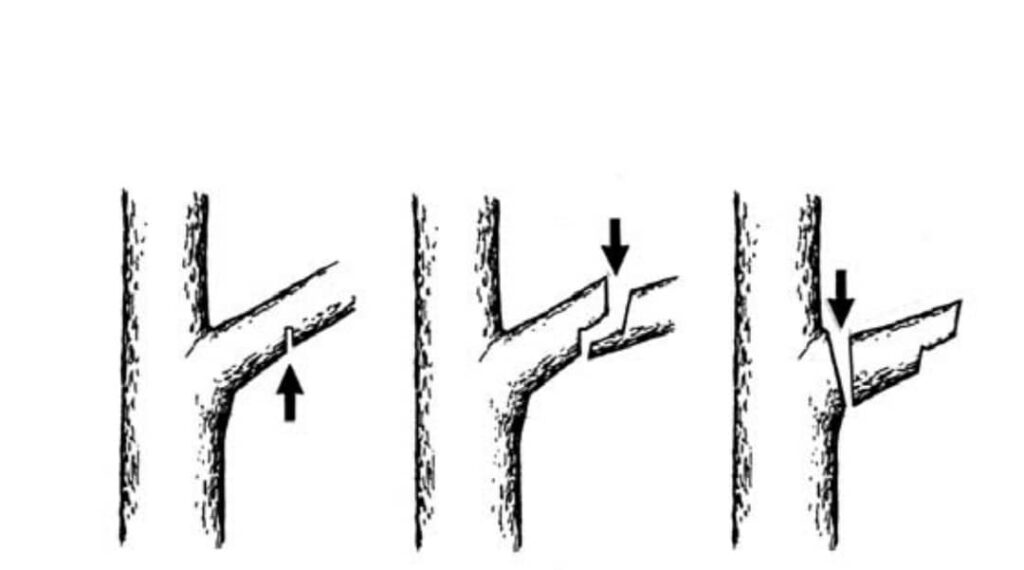
3. Hedging
Though hedging is not necessary, but you can do it for aesthetic purposes. Hedging is also used when two trees are planted next to each other and their branches start to overlap. In this case, use a sharp hedger.
Advice! Always use sharp tools when you want to prune or hedge your trees. Otherwise you’ll end up wounding your beloved trees.
Related article: How to Prevent & Treat Iron Deficiency in Citrus Trees
How to Protect your Citrus Tree after pruning
It is important to take protection measures when you prune your trees. Especially if they are exposed to the sun. Use a white latex or tree paint (do not use oil based paint) and paint it on all the exposed branches.
I hope this information is helpful 💕



